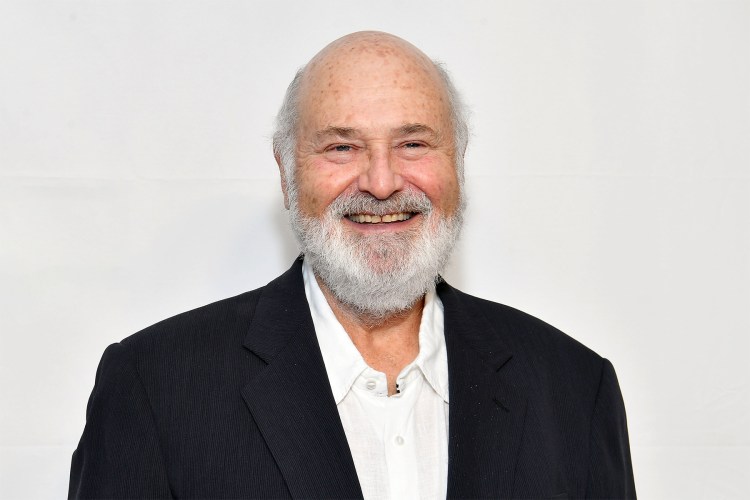Creativity might be boosted with a shocking new scientific technique.
Scientists who used electrical stimulation on subjects’ brains found improvement in their creative abilities, according to findings from a new study.
By temporarily switching off part of the left dorsolateral prefrontal cortex (DLPFC), a section of the brain associated with thinking and reasoning, participants’ creativity noticeably increased.
Researchers from the Queen Mary University of London (QMUL) and Goldsmiths University of London conducted the study.
The DLPFC helps automate the mind’s process of solving problems by applying lessons learned from previous experiences. The findings published Wednesday in the journal Scientific Reports, showed that “outside the box” thinking improved when neurological activity in that section of the brain decreased.
According to The Guardian, scientists used a technique called transcranial direct current stimulation, which involved passive a weak electrical current through electrodes attached to the scalp. Depending on the direction of the current, the DLPFC was momentarily activated or suppressed.
However, researchers cautioned the against the idea of using the treatment to always boost creative thinking and pointed out its limitations. There was a side effect: The ability to solve problems that involve keeping track of multiple steps, or a higher working memory, suffered when the DLPFC was suppressed.
This article appeared in an InsideHook newsletter. Sign up for free to get more on travel, wellness, style, drinking, and culture.























